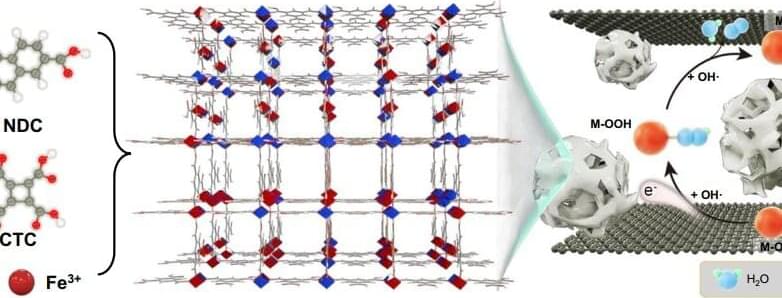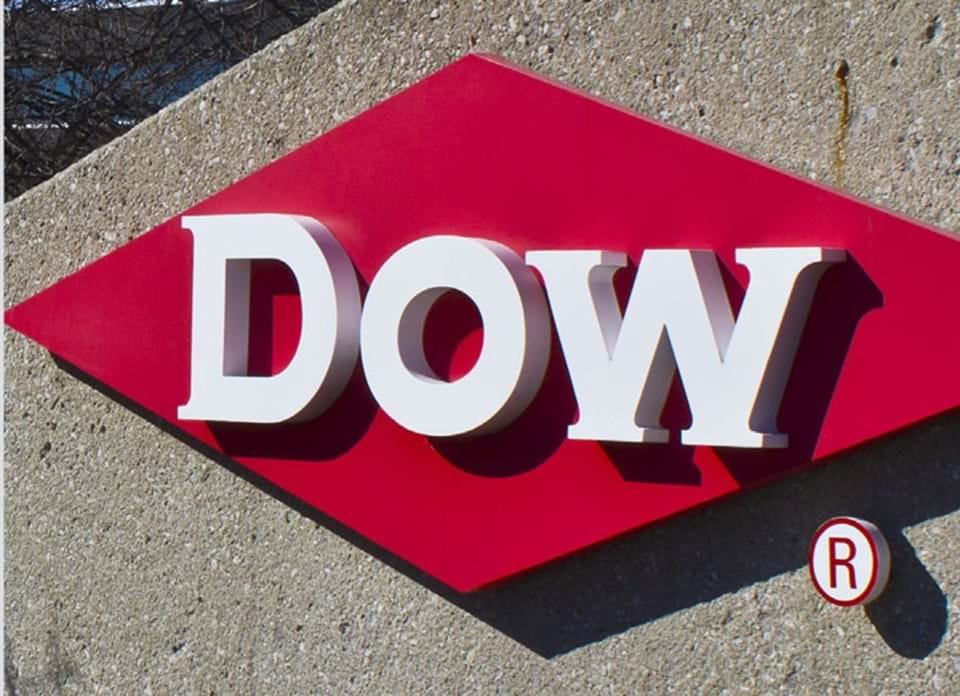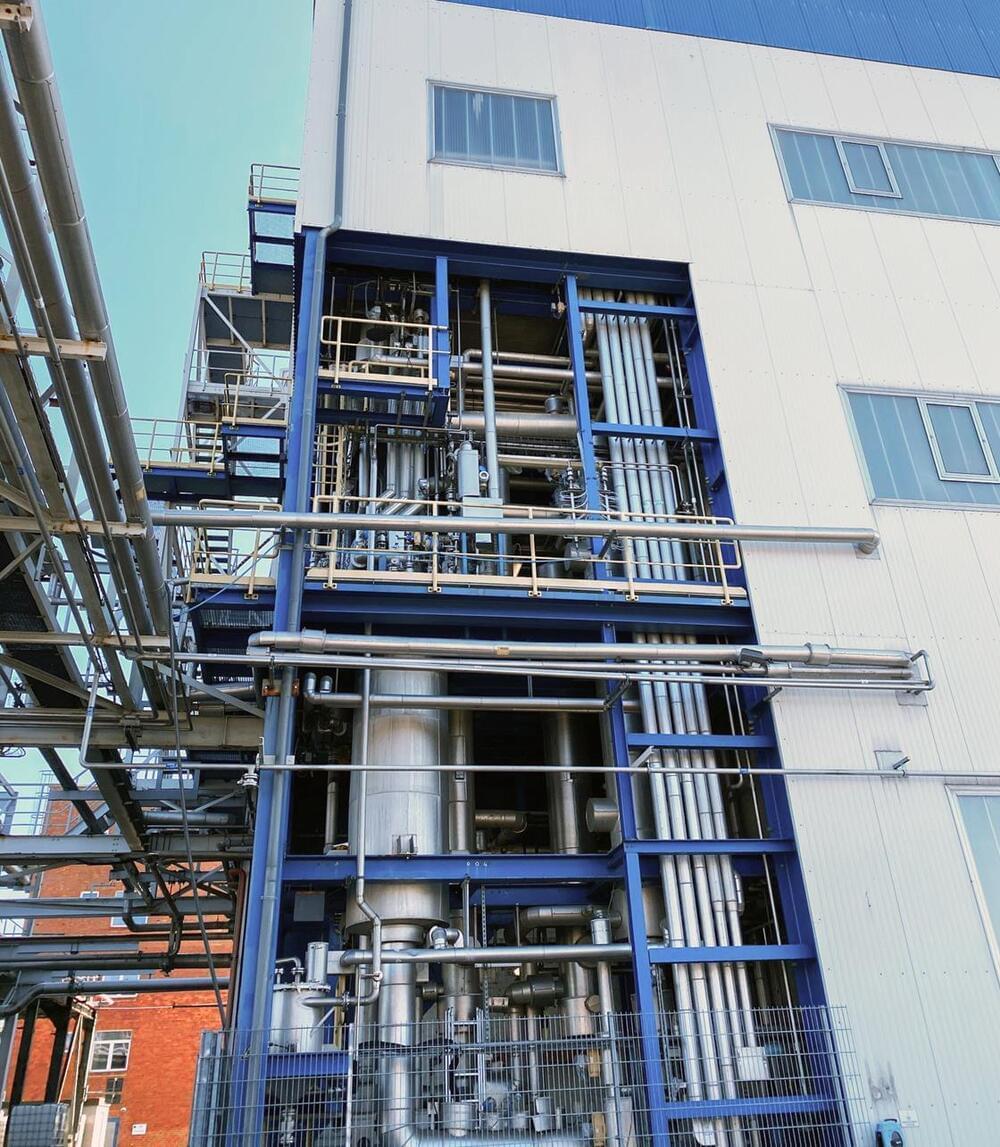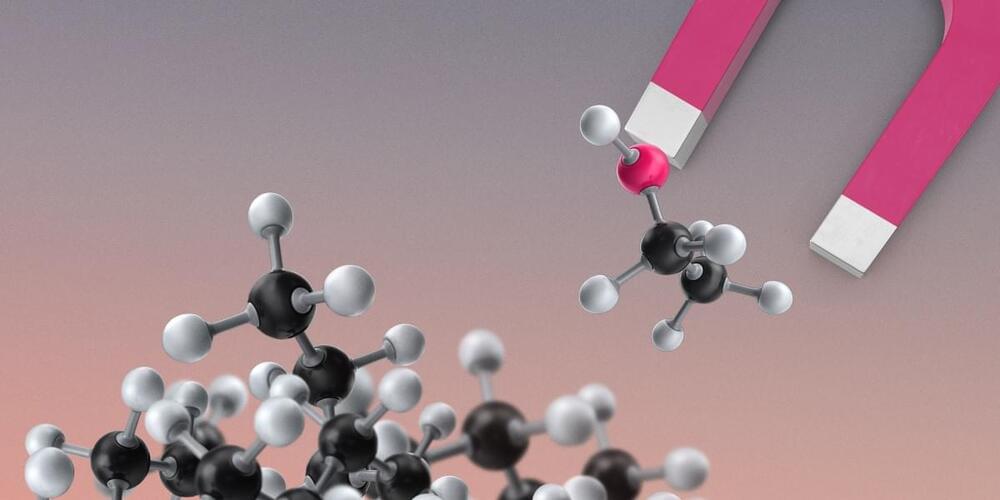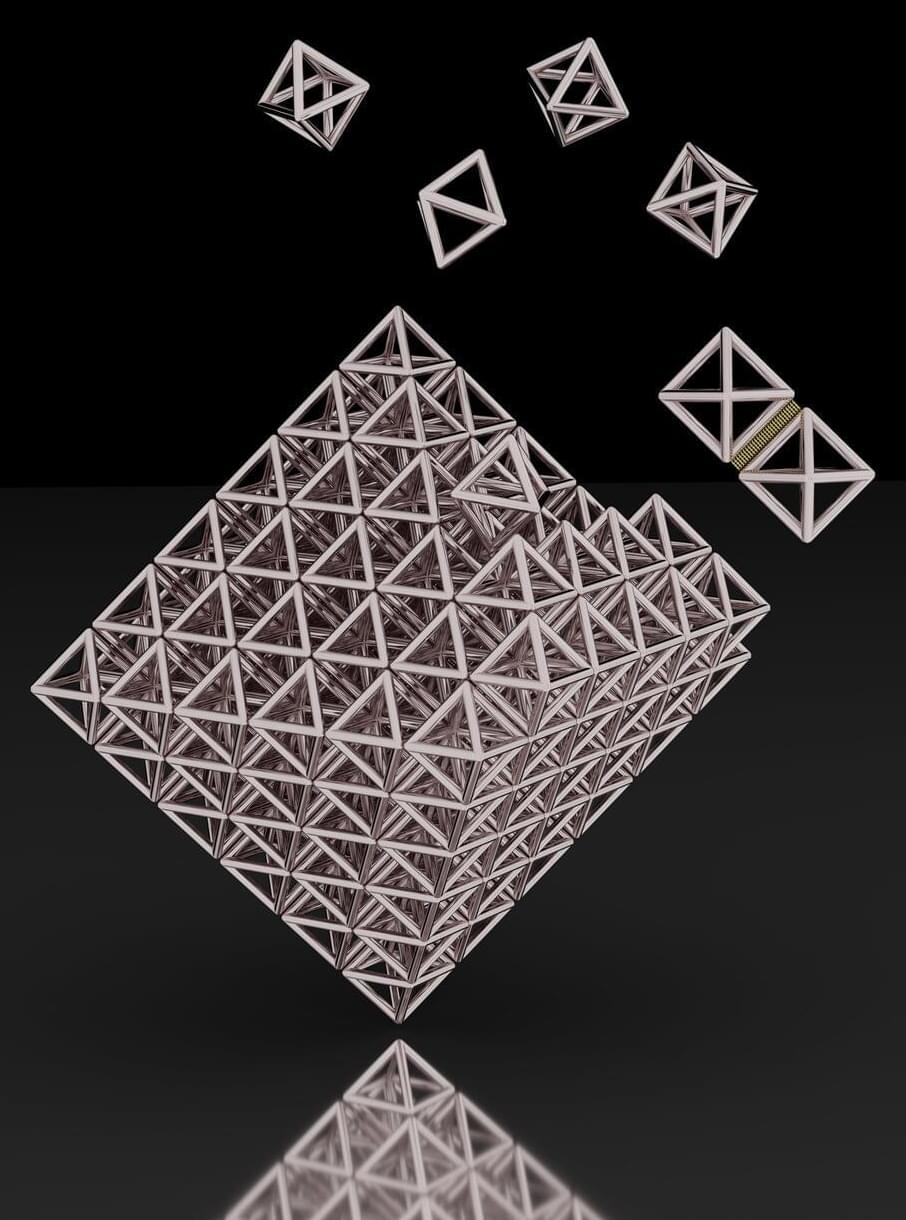“By now it has become a common futurist prediction and science fiction plot device that intelligent and sentient life forms can be created which are not biochemical in nature and are thus fundamentally different from all currently known life,” distinguished Princeton astrophysicist Edwin Turner wrote in an email to The Daily Galaxy. “Whether or not this would actually be possible,” he explains, “depends on the nature and origin of consciousness, a topic about which we have little more than entertaining whistling-in-the-dark guesses at this point and no clear path toward obtaining any better understanding of this deep mystery.”
Aliens Shaped by Natural Selection
In a landmark 2017 study published in the International Journal of Astrobiology scientists from the University of Oxford showed that aliens are potentially shaped by the same processes and mechanisms that shaped humans, such as natural selection and are like us, evolving to be fitter and stronger over time.


